Paul C. Collier9780470845028, 0470845023
Paul M. Collier applies a managerial approach to show how to: Understand the relationship between strategy, business events and financial information. Use accounting information in planning, decision-making and control. Identify the concepts that underlie the construction of accounting reports and the limitations of accounting numbers. The book has been written for MBA and other postgraduate students, undergraduate students who are undertaking courses in accounting that do not lead to professional accreditation, and non-financial managers who need a better understanding of the role of accounting in their organizations.
Table of contents :
Cover……Page 1
Contents……Page 10
Preface……Page 16
Acknowledgements……Page 20
About the Author……Page 22
Context of Accounting……Page 24
PART I Context of Accounting……Page 4
1 Introduction to Accounting……Page 26
A short history of accounting……Page 28
The role of management accounting……Page 29
Recent developments in management accounting……Page 32
A critical perspective……Page 33
Conclusion……Page 34
References……Page 35
2 Accounting and its Relationship to Shareholder Value and Business Structure……Page 36
Value-based management……Page 37
Accounting and strategy……Page 40
Structure of business organizations……Page 42
A critical perspective……Page 44
Conclusion……Page 46
3 Recording Financial Transactions and the Limitations of Accounting……Page 48
The double entry: recording transactions……Page 50
Extracting nancial information from the accounting system……Page 52
Principles and limitations of accounting……Page 54
Cost terms and concepts……Page 57
Conclusion……Page 58
4 Management Control, Management Accounting and its Rational-Economic Assumptions……Page 60
Management planning and control systems and management accounting……Page 65
Non-.nancial performance measurement……Page 66
Strategic management accounting……Page 70
A theoretical framework for management accounting……Page 72
Conclusion……Page 74
5 Interpretive and Critical Perspectives on Accounting and Decision-Making……Page 78
The interpretive paradigm and the social construction perspective……Page 82
Culture, control and accounting……Page 83
The radical paradigm and critical accounting……Page 84
Power and accounting……Page 85
Conclusion……Page 86
References……Page 87
6 Constructing Financial Statements and the Framework of Accounting……Page 90
Reporting pro.tability……Page 92
Reporting nancial position……Page 93
Accruals accounting……Page 95
Depreciation……Page 96
Reporting cash ow……Page 97
Working capital……Page 98
Managing debtors……Page 99
Managing stock……Page 100
A theoretical perspective on nancial statements……Page 101
Conclusion……Page 102
PART II Using Accounting Information for Decision-Making, Planning and Control……Page 104
7 Interpreting Financial Statements and Alternative Theoretical Perspectives……Page 106
Ratio analysis……Page 107
Liquidity……Page 108
Activity/ef.ciency……Page 109
Shareholder return……Page 110
Interpreting nancial information using ratios……Page 111
Case study: Ottakar’s -interpreting nancial statements……Page 113
Alternative theoretical perspectives on nancial statements……Page 117
Intellectual capital……Page 119
Case study: Carrington Printers -an accounting critique……Page 120
Creative accounting and ethics……Page 122
Conclusion……Page 123
References……Page 124
8 Marketing Decisions……Page 126
Cost behaviour……Page 128
Cost-Volume-pro.t analysis……Page 129
Alternative approaches to pricing……Page 134
Target rate of return pricing……Page 135
Special pricing decisions……Page 136
Transfer pricing……Page 138
Case study: Retail Stores PLC -the loss-making division……Page 140
Case study: SuperTech -using accounting information to win sales……Page 142
Conclusion……Page 143
9 Operating Decisions……Page 144
Managing operations -manufacturing……Page 145
Managing operations -services……Page 148
Accounting for the cost of spare capacity……Page 149
Capacity utilization and product mix……Page 150
Theory of Constraints……Page 151
Operating decisions: relevant costs……Page 152
Make versus buy-……Page 153
Equipment replacement……Page 154
Other costing approaches……Page 156
Total quality management……Page 158
Cost of quality……Page 159
Case study: Quality Printing Company -pricing for capacity utilization……Page 160
Case study: Vehicle Parts Co. -the effect of equipment replacementon costs and prices……Page 161
Conclusion……Page 163
10 Human Resource Decisions……Page 164
The cost of labour……Page 165
Relevant cost of labour……Page 167
Business processes and activity-based costs……Page 169
Case study: The Database Management Company -labour costs and unused capacity……Page 171
Case study: Trojan Sales -the cost of losing a customer……Page 174
Conclusion……Page 175
11 Accounting Decisions……Page 178
Calculating product/service costs……Page 181
Shifts in management accounting thinking……Page 182
Alternative methods of overhead allocation……Page 184
Contingency theory……Page 193
International comparisons……Page 194
Behavioural implications of management accounting……Page 196
Case study: Quality Bank – the overhead allocation problem……Page 199
Conclusion……Page 201
12 Strategic Investment Decisions……Page 204
Investment appraisal……Page 205
Accounting rate of return……Page 207
Payback……Page 209
Case study: Goliath Co. – investment evaluation……Page 212
Conclusion: a critical perspective……Page 214
References……Page 215
Appendix: Present value factors……Page 216
13 Performance Evaluation of Business Units……Page 218
Return on investment……Page 219
Residual income……Page 220
Controllability……Page 221
Case study: Majestic Services – divisional performance measurement……Page 222
Transfer pricing……Page 224
Transaction cost economics……Page 226
Conclusion: a critical perspective……Page 228
References……Page 229
14 Budgeting……Page 230
The budgeting process……Page 232
Retail budget example: Sports Stores Co-operative Ltd……Page 236
Manufacturing budget example: Telcon Manufacturing……Page 237
Cash forecasting……Page 239
Cash forecasting example: Retail News Group……Page 240
Theoretical perspectives on budgeting……Page 242
Case study: Svenska Handelsbanken – is budgeting necessary-……Page 245
Conclusion……Page 246
15 Budgetary Control……Page 248
Flexible budgeting……Page 249
Variance analysis……Page 250
Variance analysis example: Wood’s Furniture Co…….Page 251
Reconciling the variances……Page 260
Criticism of variance analysis……Page 261
Cost control……Page 263
Conclusion……Page 265
PART III Supporting Information……Page 268
16 Research in Management Accounting, Conclusions and Further Reading……Page 270
Conclusion: revisiting the rationale……Page 273
References……Page 274
17 Introduction to the Readings……Page 276
A Cooper and Kaplan (1988). How cost accounting distorts product costs……Page 278
B Otley, Broadbent and Berry (1995). Research in management control: An overview of its development……Page 294
C Covaleski, Dirsmith and Samuel (1996). Managerial accounting research: The contributions of organizational and sociological theories……Page 316
D Dent (1991). Accounting and organizational cultures: A eld study of the emergence of a new organizational reality……Page 354
Glossary of Accounting Terms……Page 392
Appendices: Questions and Case Studies……Page 404
Appendix 1: Questions……Page 406
Appendix 2: Solutions to Questions……Page 430
Appendix 3: Case Studies……Page 466
Appendix 4: Solutions to Case Studies……Page 480
Author Index……Page 490
Subject Index……Page 492
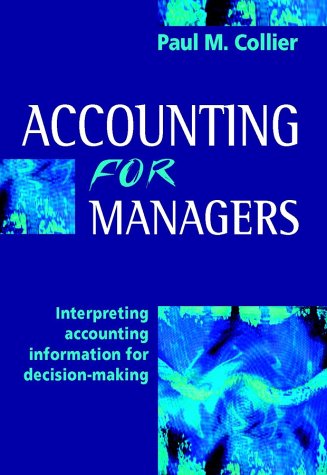

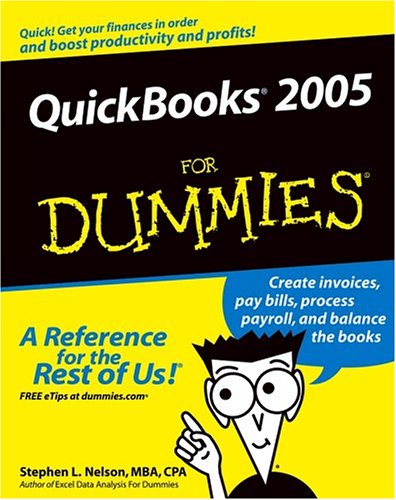
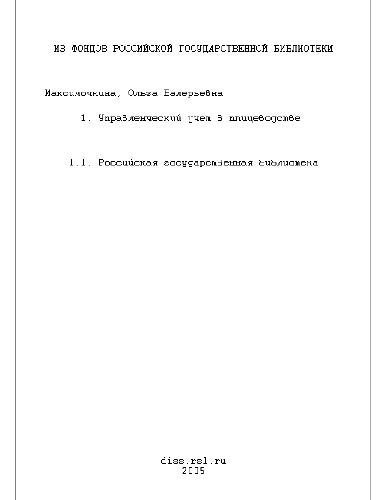

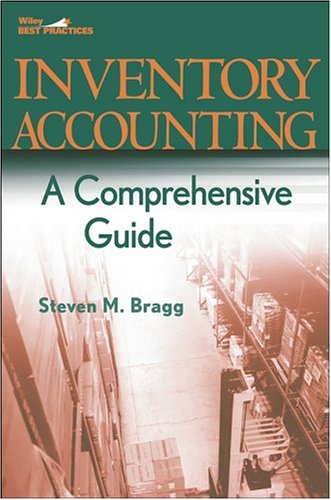
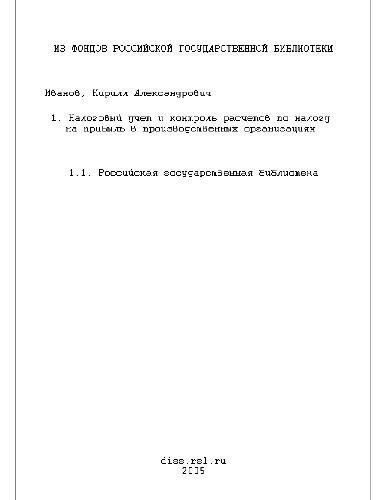
Reviews
There are no reviews yet.